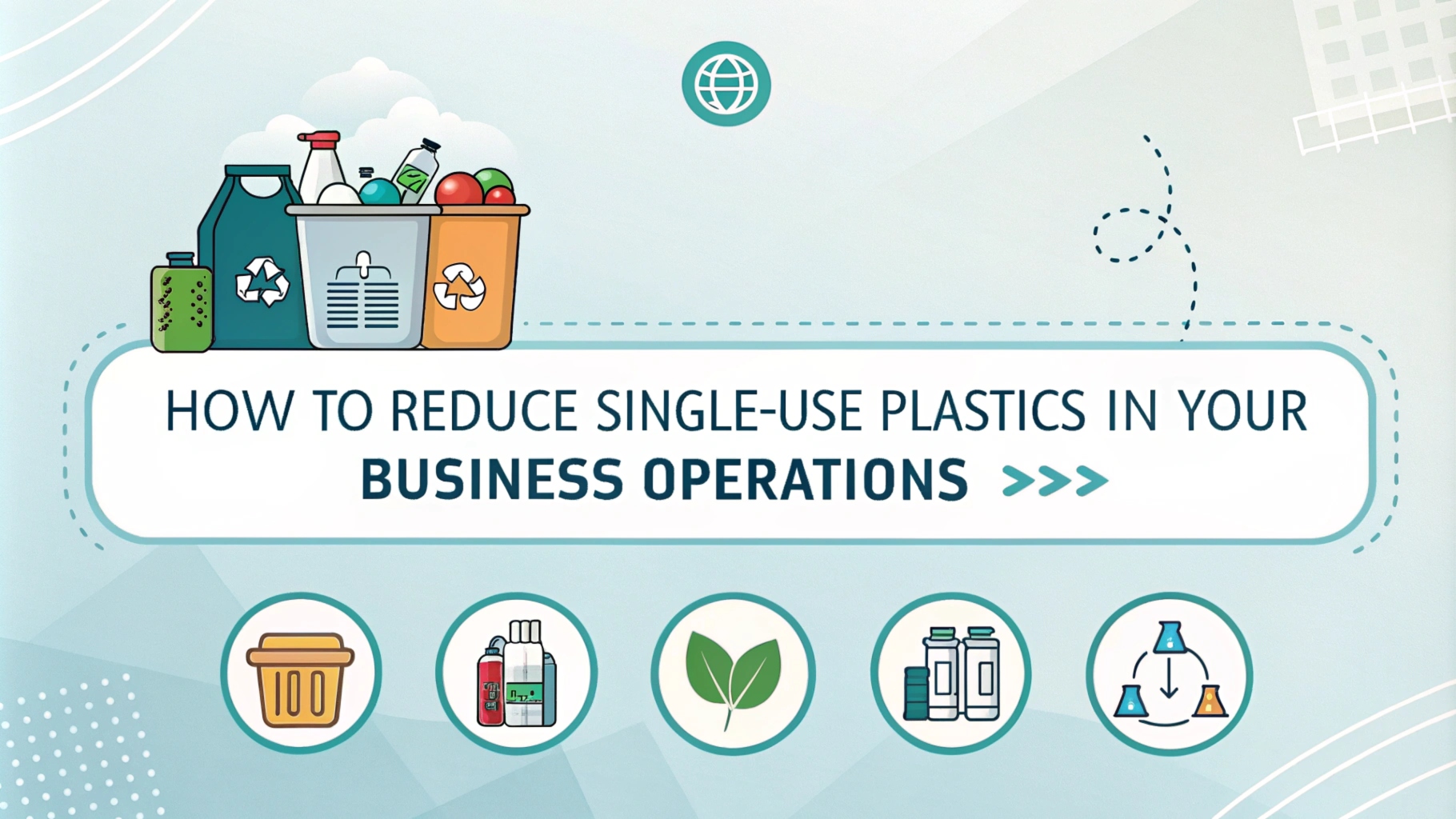In recent years, the environmental impact of single-use plastics has become a pressing concern. As consumers become increasingly aware of the detrimental effects of plastic waste on the planet, businesses are under pressure to adopt more sustainable practices. Reducing single-use plastics not only helps the environment but also enhances your brand’s reputation and meets consumer demand for eco-friendly solutions. This article will explore practical strategies for minimizing single-use plastics in your business operations.
Understanding Single-Use Plastics
Single-use plastics are items designed to be used once and then discarded. Common examples include plastic bags, straws, cutlery, plates, and packaging materials. These products contribute significantly to landfill waste and ocean pollution, taking hundreds of years to decompose. By reducing reliance on single-use plastics, businesses can play a crucial role in mitigating environmental harm.
The Benefits of Reducing Single-Use Plastics
1. Environmental Impact
Reducing single-use plastics helps decrease plastic pollution, which poses a threat to wildlife and ecosystems. By minimizing plastic waste, businesses contribute to cleaner oceans and healthier environments.
2. Cost Savings
While the initial investment in sustainable alternatives may seem higher, businesses can save money in the long run by reducing plastic waste disposal costs. Additionally, many eco-friendly products are becoming increasingly affordable as demand rises.
3. Enhanced Brand Image
Consumers are more likely to support brands that prioritize sustainability. By taking steps to reduce single-use plastics, your business can enhance its reputation and attract environmentally conscious customers.
4. Compliance with Regulations
Many regions are implementing regulations to limit or ban single-use plastics. By proactively reducing plastic usage, your business can stay ahead of compliance requirements and avoid potential fines.
Strategies to Reduce Single-Use Plastics
1. Conduct a Plastic Audit
Start by assessing your current use of single-use plastics. Identify which items are used most frequently and evaluate their necessity. This audit will help you pinpoint areas for improvement and develop a targeted action plan.
2. Switch to Reusable Alternatives
Replace single-use items with reusable alternatives wherever possible. Here are some suggestions:
- Reusable Bags: Encourage customers to bring their own bags or provide reusable options for purchase.
- Metal or Bamboo Straws: Offer reusable straws instead of plastic ones at your establishment.
- Glass or Stainless Steel Containers: Use durable containers for food and beverage service instead of disposable packaging.
3. Implement a Take-Back Program
Encourage customers to return packaging or containers for reuse or recycling. This can be particularly effective for businesses in the food and beverage sector, where customers can return takeout containers or beverage bottles.
4. Educate Employees and Customers
Raise awareness about the importance of reducing single-use plastics among your employees and customers. Provide training sessions for staff and create informative materials for customers, highlighting your commitment to sustainability.
5. Collaborate with Suppliers
Work with suppliers to source eco-friendly packaging options. Many companies now offer sustainable alternatives to traditional plastic packaging. By collaborating with your suppliers, you can find solutions that align with your sustainability goals.
6. Promote a Plastic-Free Culture
Foster a culture of sustainability within your organization. Encourage employees to suggest ways to reduce plastic use and recognize those who contribute innovative ideas. This collaborative approach can lead to more effective solutions and greater employee engagement.
7. Monitor Progress and Adapt
Regularly review your efforts to reduce single-use plastics. Track your progress, gather feedback from employees and customers, and adjust your strategies as needed. Continuous improvement is key to achieving long-term sustainability goals.
Reducing single-use plastics in your business operations is not only a responsible choice but also a strategic one. By implementing sustainable practices, you can minimize your environmental impact, enhance your brand reputation, and meet the growing demand for eco-friendly solutions. With a proactive approach and a commitment to change, your business can lead the way in the fight against plastic pollution.
At GreenFuture.sbs, we are dedicated to helping businesses transition to more sustainable practices. Our resources and expert guidance can assist you in developing effective strategies to reduce single-use plastics and promote a greener future. Together, we can make a significant impact on the environment and create a more sustainable world.
